All about Salvia
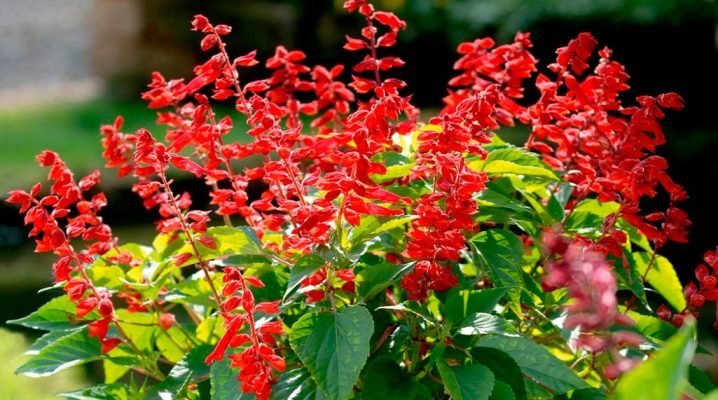
Salvia is a popular crop used not only in home gardens and gardens, but also for landscaping urban spaces.
The plant cannot be called too capricious, but it still needs some care.
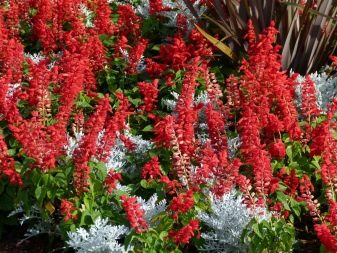
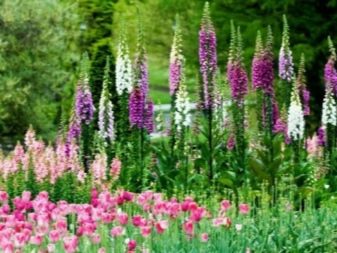
general description
Salvia, also known as diviner sage, is a member of the Clary family and the genus Sage. A perennial thermophilic plant at the initial stages of development is herbaceous, and then takes the form of a semi-shrub. It is worth mentioning that the culture can also be planted as an annual or biennial. The woody root of the salvia branches densely. The height of the stem, simple or branching, can reach 1.5-2 meters. Leaf blades about 20 centimeters long have an oval shape, are located opposite each other.
They are emerald-colored and often covered with short bristles. Lipo-colored small flowers are combined into inflorescences that look like spikelets or panicles and reach a size of 20 centimeters. Their color ranges from white and pale pink to deep purple. The fruit of the salvia is the coenobium, that is, several nuts connected together. Its seeds are suitable for use only after a month, but their shelf life lasts for 5 years.
In vivo, diviner sage lives in the subtropics of Mexico and the mountainous regions of Central America. In Russia, however, the plant is quite successfully cultivated in gardens and orchards. Salvia blooms either once or twice during the summer. It is necessary to clarify that in everyday life salvia is often called all decorative varieties of the sage genus, while medicinal varieties are called sage directly.
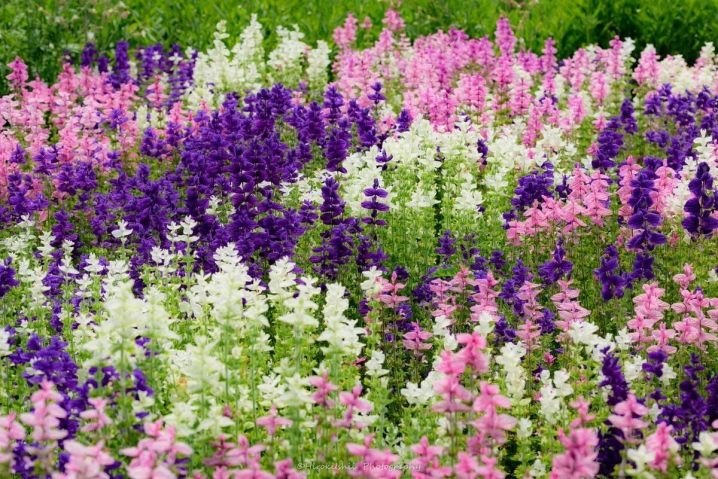
Views
There are over 900 varieties of Salvia that can be classified into three categories. The first includes plants that love moisture and heat, and do not tolerate frost. In the conditions of Russia, they can develop only as annuals. For example, we are talking about sparkling salvia, the flowers of which are painted in red, white, pink and purple shades. In height, such bushes do not exceed 1 meter, and therefore look compact.
The flowering period of glittering salvia begins in June and lasts almost until frost. The size of the inflorescences formed from 2-6 buds reaches a diameter of 14-25 centimeters.

This group includes bright red salvia, blooming from July to cold weather. The height of the bush is about 70 centimeters, and the diameter of the inflorescences is about 30 centimeters. Mealy salvia pleases with its open buds from mid-August until frost. She has either snow-white or blue color. The height of the bush is 90 centimeters, and the diameter of the inflorescences of 28 buds is 20 centimeters.
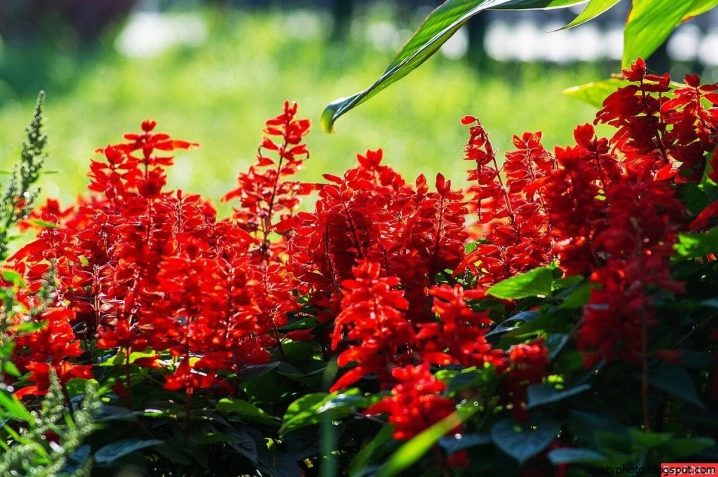
The second group includes salvia, which can develop in cooler regions.
Such varieties can tolerate temporary drought, but require regular application of mineral fertilizers. For example, this is typical for green salvia, the color of the flowers of which, despite the name, can be pink or purple. The height of an annual with a pubescent stem is 60 centimeters, and the diameter of the inflorescences is 30 centimeters.
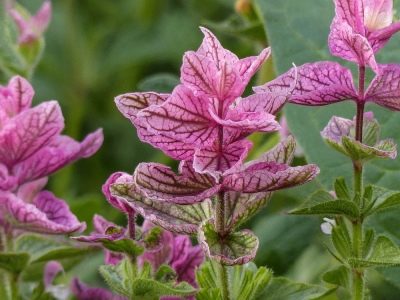
Salvia whorled is undersized, and its dimensions do not exceed 40 centimeters. In its inflorescences, from 5 to 30 buds of lilac or purple color are combined.In the same group, dandelion-leaved salvia of pink or purple hue is present.
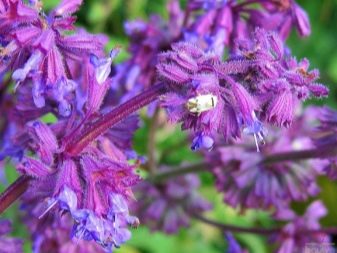
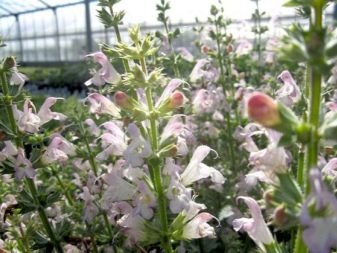
Representatives of the third group are the most frost-resistant. Their active flowering begins only in the second year of life, and therefore it is necessary to devote sufficient time to wintering. Salvia, belonging to the third group, is not afraid of cold weather, and in general is the most unpretentious. Alternatively, it can be oak salvia, blooming from June to autumn.
On a shrub reaching a height of 60 centimeters, there are up to 6 blue or purple flowers.
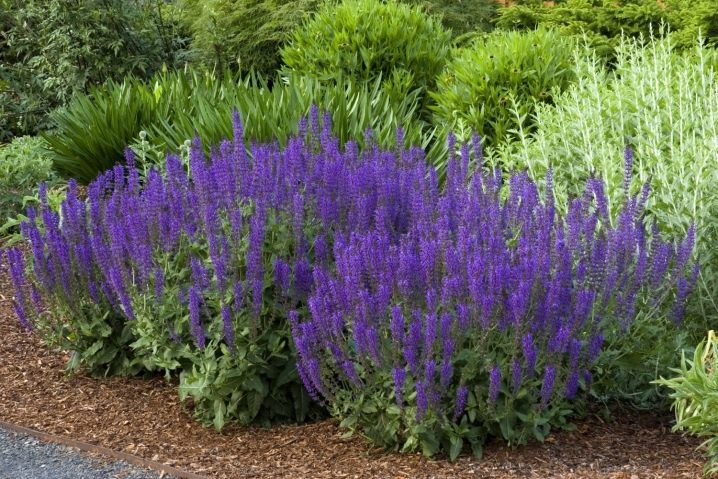
Glutinous salvia looks bright with yellow inflorescences. A bush about 90 centimeters high blooms from August until frost.
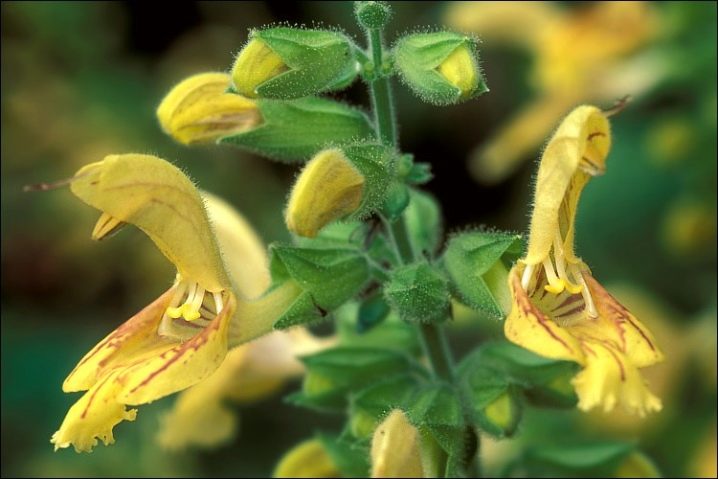
Salvia Caradonna reaches dimensions of 30-60 centimeters. Graceful flowers, united in long inflorescences, are colored purple. The flowering culture continues from late June to early autumn.
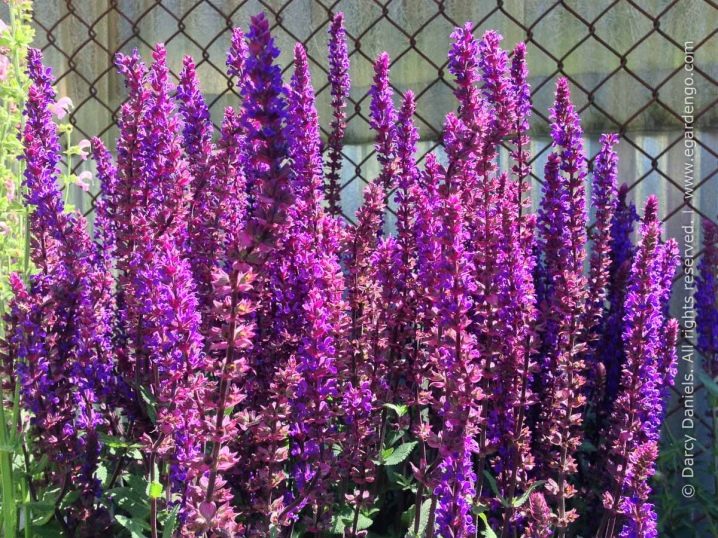
Finally, it should also be mentioned about the lush salvia of blue, pink or purple. The height of such a bush is 60 centimeters.
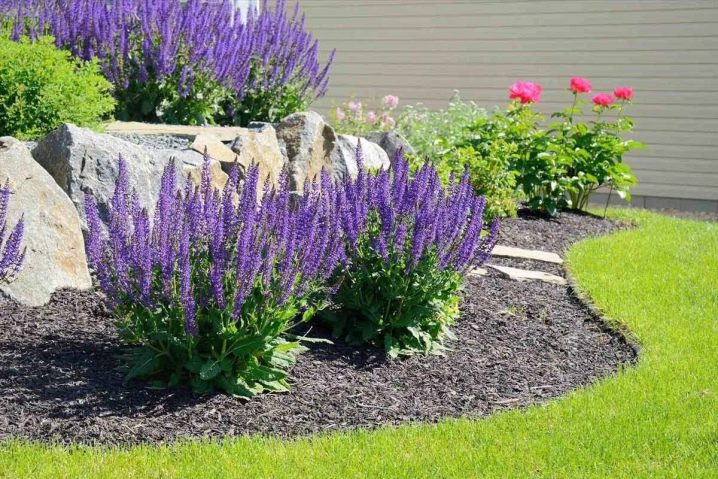
Landing
It is recommended to grow salvia through seedlings. Sowing of seeds in this case is organized from the end of February to March. You can collect the grains yourself from ripened baskets, it is also possible to purchase the material in the store. They do not need to be stratified, however, a number of verification measures will still be required for the seeds. On the eve of planting, the material is tested for germination by soaking for an hour and a half in a plate of warm water. The floating seeds are thrown away, and those that have sunk to the bottom are disinfected in potassium permanganate. At the end of 20 minutes of disinfection, the material is washed and dried on a sheet of paper.
You can plant salvia both in purchased soil, and in one compiled with your own hands. To make the mixture nutritious and light, you will need to combine coarse sand, peat and leafy soil. It is recommended to sift the mix twice: through a coarse and fine sieve. The bottom of the container is first covered with expanded clay up to 1 centimeter thick, then a layer of coarse soil is formed and, finally, a layer of fine soil.
To disinfect the soil, it is worth spilling it with a hot manganese solution, and then leaving it to rest for about a week.
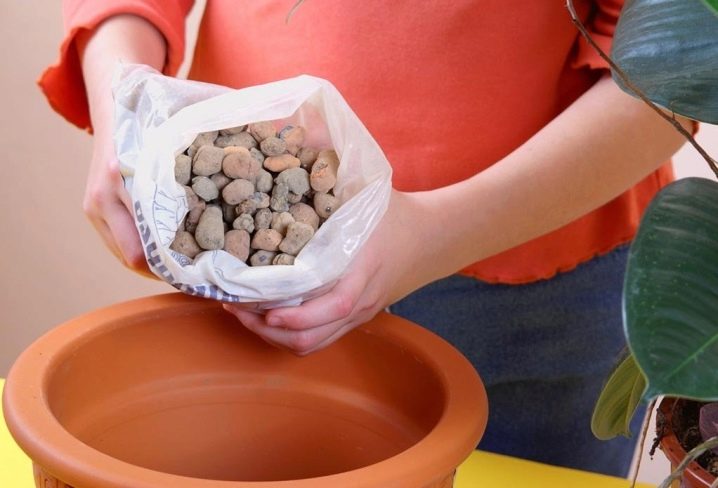
Seedlings are best grown in a low container, at the bottom of which holes are always present. The soil is moistened, after which seeds are evenly distributed over its surface. If desired, the grains are pre-mixed with sand. The material is lightly sprinkled with earth, after which the container is tightened with cling film, or closed with glass. During the first 8-12 days, it will be necessary to maintain a temperature equal to +22 degrees.
When the seedlings germinate, the container is released from the shelter. The developing salvia will need light for 12 hours a day, regular moisturizing with a spray bottle and complex feeding after 3 weeks. The pick is carried out at the moment when the salvia reaches the age of 1-1.5 months, or when it has 2 full leaves. The procedure can be repeated 3 weeks after the first pick. Planting crops on open ground is carried out approximately at the beginning of June.
Each well is pre-filled with superphosphate, ash and a handful of humus. A free space of 35 centimeters is maintained between the recesses. The place for the sage of the diviners is chosen well-lit, with fertile and light soil. Clay soils and loams are normalized by adding peat, and heavy soil by adding humus or compost.

Care
Growing salvia in the open field follows certain rules.
Watering and feeding
It is impossible to properly care for the sage of the fortune tellers without regular fertilization. For the first time, it is recommended to feed the culture already 5-7 days after its transfer to open ground. During this period, the plant needs minerals and growth stimulants. The next feeding is organized at the budding stage. Salvia at this moment needs nitrogen, and therefore humus, manure or bird droppings are suitable for her.
And also the presence of potassium and phosphorus contributes to good flowering, therefore, you cannot do without complex mineral fertilizers. Before opening the buds, the bushes are recommended to be watered with a liquid infused on the eggshells. To enhance flowering, salvia is fed with an ash solution and infusions on banana peels and potato peels.
Watering the flower is required only in the evenings as the soil dries out. It is important not to overdo it with liquid, as a closely located root system quickly decays.
Watering the crop is always accompanied by loosening the topsoil and removing weeds.

Pruning
To grow a beautiful plant, it will have to be pruned from time to time. Of course, this is only relevant for perennial salvia varieties. Formative pruning, which stimulates branching, is carried out twice a season: in early spring and before wintering. During the second procedure, almost the entire bush is cut, with the exception of small lignified areas with a couple of buds.
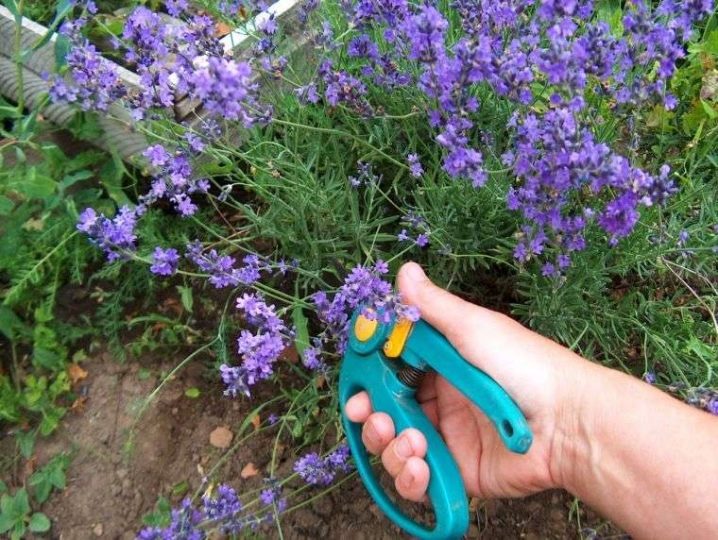
Wintering
If salvia grows in warm regions, then it is able to survive the winter under good cover. After pruning, such a bush is covered with compost, spruce branches, sawdust or dry foliage.

Reproduction
Salvia can be propagated in all common ways. For perennials, it is recommended to use cuttings. For this purpose, fragments of semi-lignified shoots with a length of about 15 centimeters are harvested at any time. The cuttings are rooted in a container of water, and after 3 weeks they are already transplanted to the ground.
Suitable for plants and layering method. A sprig of salvia is simply bent to the ground and fixed with a metal bracket. A few months later, she has her own roots, after which the cuttings are separated from the mother bush and transplanted into their own place.
For the reproduction of annual salvias, the seed method is recommended. In principle, the grains can be sown immediately in open ground, and even for winter, but it is better to use seedlings.
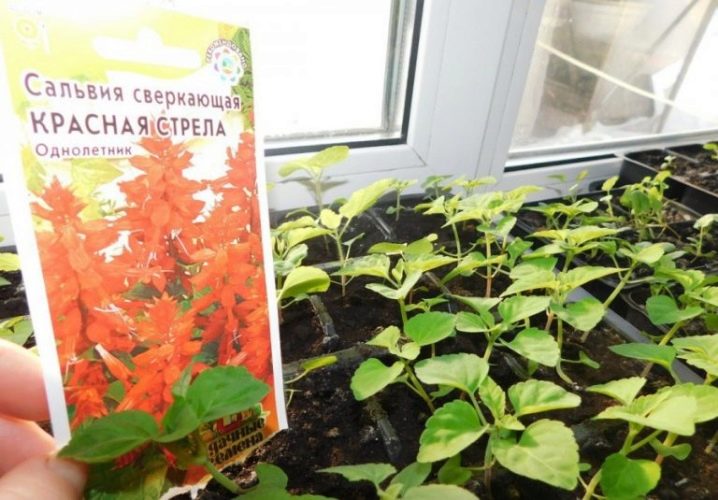
Diseases and pests
Salvia has good immunity, and therefore rarely suffers from diseases or pests. However, the plant is often attacked by snails and slugs that eat leaf blades. It is customary to collect them manually or using special traps. The control of ticks, aphids, thrips and whiteflies is carried out using insecticides. By the way, if the leaves of a plant turn yellow, then aphids are most often to blame, and a whitish bloom indicates the activity of whiteflies. Salvia can get sick with a black leg, and rotting of the roots is characteristic of it, and therefore it is extremely important not to flood the plants, and regularly inspect the root part.
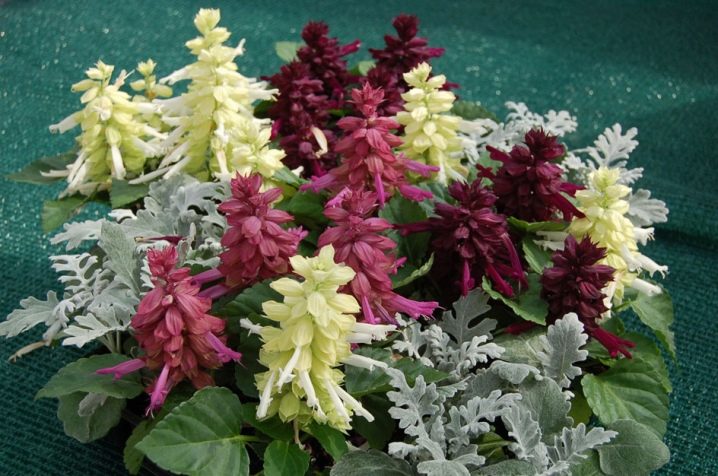
Application in landscape design
Salvia is often grown either in a flower bed or in a flower garden. The flower looks great in flowerpots or decorative containers placed in a recreational area, on a balcony or veranda. It is customary to combine the plant with marigolds, petunia, lobelia, ageratum and other ornamental plants. Salvia can be used to design paths, zoning an area or create a mixborder.
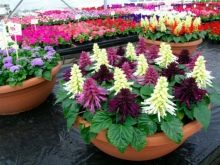
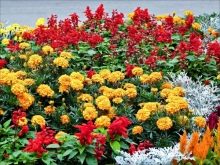








































































































The comment was sent successfully.